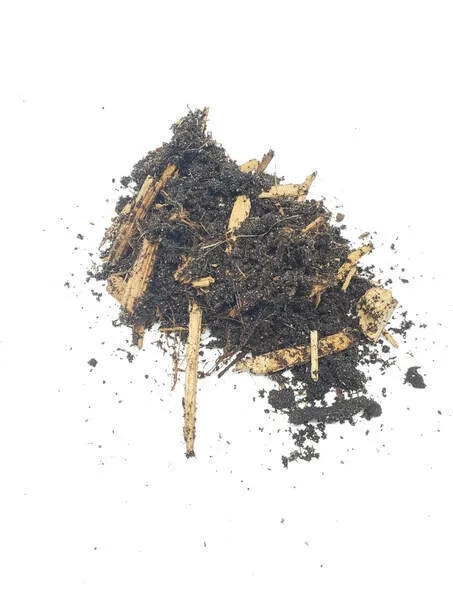Tarantula Substrate: 5 Essential Tips
Caring for a tarantula involves understanding its needs, and one of the most crucial aspects is the substrate. The substrate serves as the tarantula’s habitat, providing a comfortable and safe environment. Choosing the right substrate and maintaining it properly is vital for your tarantula’s health and well-being. This guide provides you with the top 5 tips to ensure your tarantula thrives in its enclosure. From selecting the appropriate materials to maintaining optimal humidity and cleanliness, we’ll cover everything you need to know to create the perfect habitat for your eight-legged friend. Let’s delve into the essential aspects of tarantula substrate and how to make the best choices for your pet.
Why Substrate Matters for Your Tarantula
The substrate is far more than just bedding; it’s the foundation of your tarantula’s life. It provides a place for the tarantula to burrow, which is a natural behavior and essential for their security and comfort. The substrate also plays a key role in regulating humidity levels, which is crucial for their molting process and overall health. Additionally, it provides insulation, helping to maintain a stable temperature within the enclosure. Without the right substrate, a tarantula can experience stress, difficulty molting, and even health issues. Therefore, understanding the importance of substrate is the first step in providing excellent care for your tarantula. The right substrate ensures a comfortable, safe, and healthy environment where your tarantula can thrive.
Moisture and Humidity Requirements
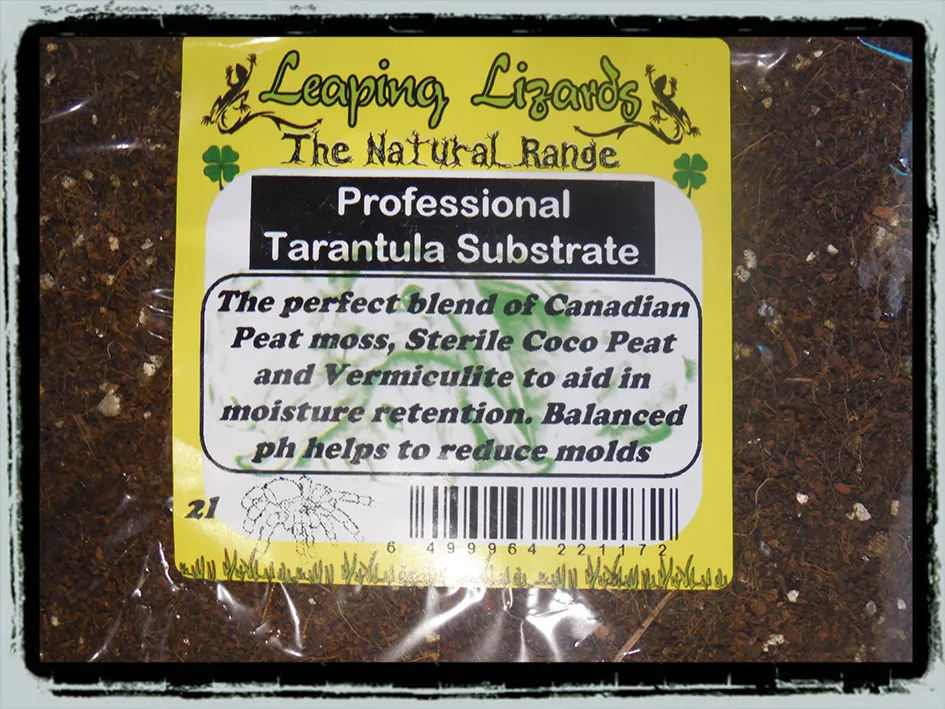
Maintaining the correct moisture and humidity levels is crucial for a tarantula’s well-being. Most tarantulas thrive in a moderately humid environment, which helps them to molt successfully and stay hydrated. The specific humidity needs vary depending on the tarantula species, with some requiring drier conditions and others needing higher humidity levels. Generally, you can achieve the appropriate humidity by lightly misting the substrate with water, usually once or twice a week, and ensuring good ventilation to prevent mold growth. Using a hygrometer (a device that measures humidity) is highly recommended to monitor the humidity levels within the enclosure. It allows you to make precise adjustments to maintain the optimal environment for your tarantula. Failing to maintain the correct humidity can lead to health problems.
Monitoring and Adjusting Humidity Levels
Regularly monitoring humidity levels is essential. Use a reliable hygrometer placed inside the enclosure to track the humidity. The ideal humidity range depends on your tarantula species; research your specific species’ needs. If the humidity is too low, mist the substrate with dechlorinated water. If it’s too high, ensure good ventilation by adjusting the enclosure’s lid or adding more ventilation holes. Be cautious not to over-mist; the substrate should be damp, not soaked. Over-misting can lead to mold and other issues. Check the substrate regularly for any signs of mold and make adjustments as needed to maintain the perfect balance for your tarantula. Proper humidity management is vital for their health.
Substrate Depth for Different Tarantula Species
The depth of the substrate you use should vary based on the type of tarantula you have. The substrate depth influences the tarantula’s ability to burrow and create a comfortable living space. Terrestrial species, those that live primarily on the ground, require deeper substrates as they are prone to burrowing. Arboreal species, which live in trees or elevated areas, typically need less depth, but may still benefit from some substrate for humidity and comfort. Understanding these needs will help you create the best habitat.
Terrestrial Tarantulas

Terrestrial tarantulas need deeper substrates because they like to burrow. A substrate depth of 4-6 inches is generally recommended for adult terrestrial tarantulas. This depth allows them to create extensive burrows and feel secure. The substrate should be packed firmly enough to hold burrows, but loose enough for easy digging. For slings and juveniles, a slightly shallower depth is sufficient, but ensure they still have space to dig if they choose. Providing a deep substrate is crucial for terrestrial species, as it meets their natural behavioral needs and helps them feel safe.
Arboreal Tarantulas
Arboreal tarantulas, which spend most of their time off the ground, do not need substrate as deep as terrestrial species. A depth of 2-4 inches is usually adequate for arboreal tarantulas. This provides a base for maintaining humidity and a place to retreat. While they may not burrow as much, they still benefit from a suitable substrate. Ensure the enclosure also contains climbing materials such as cork bark or branches to provide the arboreal tarantula with vertical space. This setup mimics their natural environment and allows them to thrive.
Choosing the Right Substrate Materials
Selecting the right substrate materials is crucial for creating a healthy environment for your tarantula. The ideal substrate should retain moisture, allow for burrowing, and be free of harmful chemicals. Several materials are commonly used, each with its own advantages and disadvantages. The best choice often depends on the specific needs of your tarantula species. Careful consideration of these factors ensures you provide your pet with a comfortable and safe habitat.
Coconut Fiber
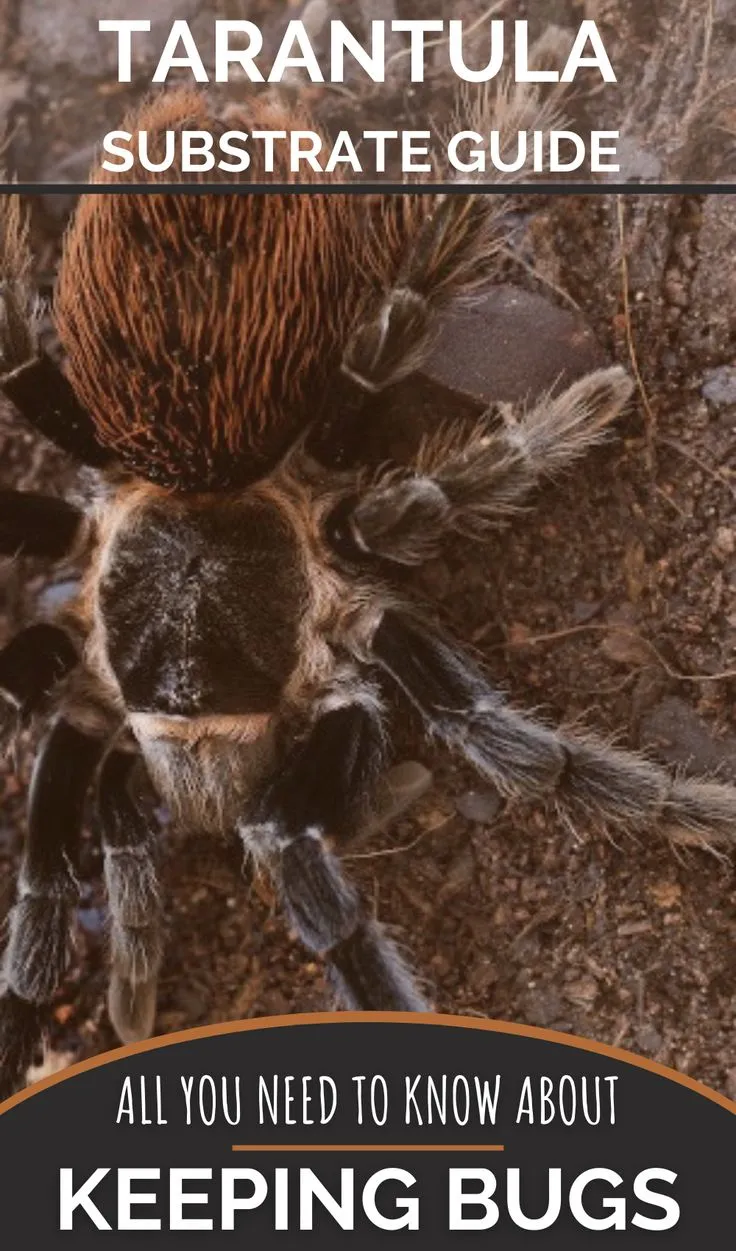
Coconut fiber, also known as coco coir, is a popular substrate choice. It’s derived from the husks of coconuts and is praised for its excellent moisture retention, natural properties, and mold resistance. Coconut fiber is a great option for maintaining humidity, which is essential for many tarantula species, especially those from humid environments. It’s also a natural material, reducing the risk of harmful chemicals. It’s readily available and easy to handle, making it a good option for both beginners and experienced keepers. It is ideal for terrestrial species, allowing them to burrow. Be sure to rinse the coconut fiber before use to remove any dust or salt residue, ensuring a clean environment for your tarantula.
Peat Moss
Peat moss is another viable substrate option, known for its excellent water retention and ability to maintain humidity. It’s a natural, organic material that provides a slightly acidic environment, which can inhibit the growth of mold and bacteria. However, peat moss can be prone to compaction, so mixing it with other substrates like vermiculite or sand can help prevent this. Some keepers prefer peat moss for its natural appearance and ability to mimic forest floor conditions. However, it is important to ensure the peat moss is sourced sustainably to minimize environmental impact. Peat moss is ideal for creating a humid environment.
Vermiculite and Other Options
Vermiculite is a mineral that can be used to improve moisture retention and is often mixed with other substrates. It is a lightweight, absorbent material that helps regulate humidity levels. Other substrate options include a mix of potting soil, which can be enriched with organic matter and nutrients, or a combination of sand and clay, which works well for species requiring drier conditions. Consider mixing different substrates to create an ideal environment. For example, a mixture of coconut fiber, peat moss, and vermiculite can provide a well-rounded substrate that balances moisture retention, drainage, and burrowing capabilities. Each has its advantages and disadvantages, so research what works best for your specific tarantula species.
Maintaining a Clean and Healthy Substrate

Maintaining a clean substrate is crucial for the health of your tarantula, preventing the buildup of harmful bacteria, mold, and pests. Regular cleaning and maintenance are essential for ensuring a healthy and hygienic environment. The frequency and methods used will depend on the substrate type and the needs of your tarantula. A well-maintained substrate will minimize the risk of health problems and contribute to the overall well-being of your pet.
Spot Cleaning and Full Substrate Changes
Spot cleaning involves removing any visible waste, such as uneaten prey or fecal matter, on a regular basis (usually weekly or bi-weekly). Use tongs to remove debris carefully, avoiding disturbing the substrate excessively. Full substrate changes should be done periodically, depending on the substrate type and the tarantula’s behavior. For instance, a full change is usually performed every 6 to 12 months. When changing the substrate, remove all the old material and thoroughly clean the enclosure with a reptile-safe disinfectant. Then, replace the substrate with fresh material. This process eliminates any accumulated waste and reduces the risk of disease. Regularly inspect the substrate for signs of mold or pests.
Preventing Mold and Pests
Mold and pests can pose significant risks to your tarantula’s health. To prevent mold, ensure proper ventilation and avoid over-misting the substrate. If mold appears, remove the affected area immediately and adjust your humidity management practices. Pests like mites and gnats can also infest the enclosure. Regularly inspect the substrate for signs of infestation. If pests are present, remove the contaminated substrate and thoroughly clean the enclosure. Consider using a reptile-safe pest control method. Introducing springtails or isopods can help control mold and other pests, creating a bioactive environment. Monitoring and early intervention are key to keeping your tarantula’s habitat clean and safe.
Substrate and Molting
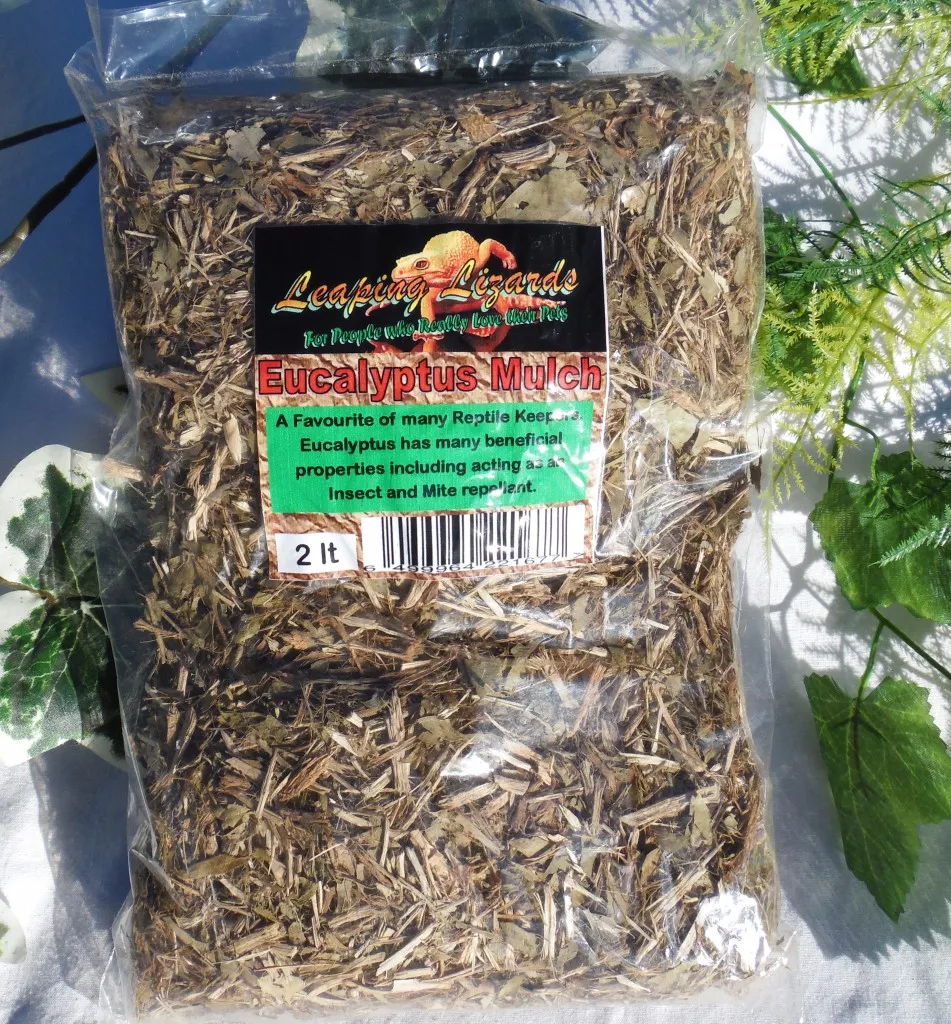
Molting is a natural process where tarantulas shed their exoskeletons to grow. A proper substrate is vital during this period, as it provides a suitable environment for the tarantula to safely complete the molt. The substrate offers a stable surface for the tarantula to anchor itself and provides the humidity needed for a successful molt. A well-chosen substrate can significantly reduce the risk of a failed molt, which can be fatal.
Providing a Suitable Molting Environment
During the molting process, tarantulas are especially vulnerable. They typically lie on their backs and shed their exoskeleton. Providing a stable and humid environment is critical. The substrate should be deep enough for the tarantula to comfortably turn over. Ensure the humidity is at the correct level for the species to help soften the old exoskeleton and facilitate the molting process. Avoid disturbing the tarantula during molting, and do not feed it until its fangs have hardened post-molt. A stress-free environment promotes successful molting, which contributes to your tarantula’s health and longevity.
Recognizing Molting Signs
Recognizing the signs of an impending molt allows you to prepare and provide the necessary support. Tarantulas may start to refuse food, become less active, and their abdomens may appear darker or more swollen. They may also create a webbing mat or seal themselves in their burrows. If you observe these behaviors, maintain high humidity levels and minimize disturbances. Avoid feeding the tarantula during the molting process. Once the molt is complete, leave the exoskeleton in the enclosure for a few days to allow the tarantula to absorb nutrients from it. Recognizing these signs helps you to provide the best care during this crucial period.
Conclusion Your Tarantula’s Substrate Success
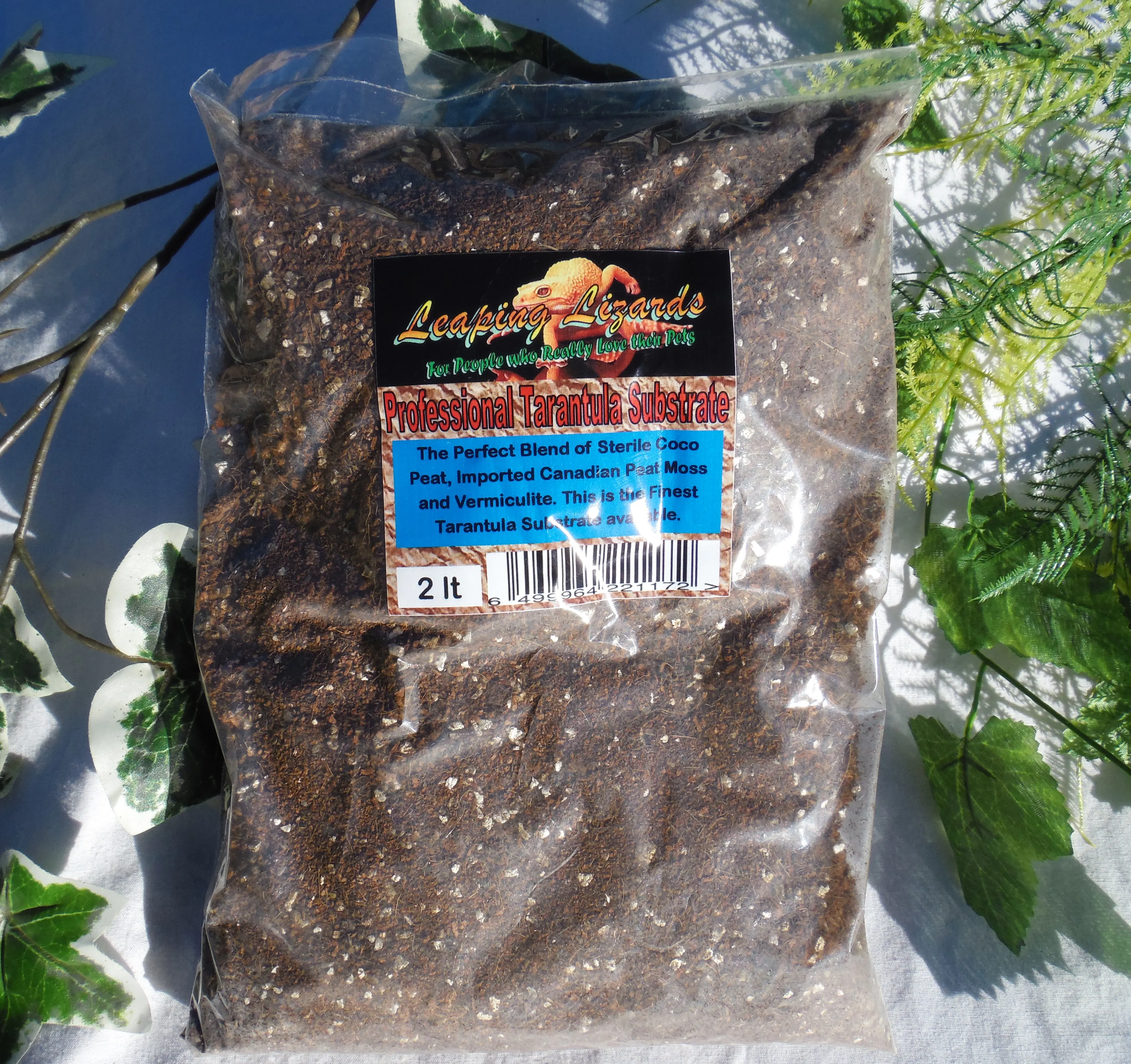
Choosing and maintaining the right substrate is essential for your tarantula’s well-being. By following these 5 tips, you can create a healthy and thriving environment for your pet. Remember to choose a substrate appropriate for your tarantula species, maintain the correct humidity levels, ensure proper depth, and keep the substrate clean. Regular observation and adjustments will ensure your tarantula thrives in its habitat. A well-cared-for tarantula, living in an ideal environment, is a rewarding experience. With the right substrate, you can enjoy the fascinating world of tarantulas for years to come. Enjoy the journey of tarantula keeping.
